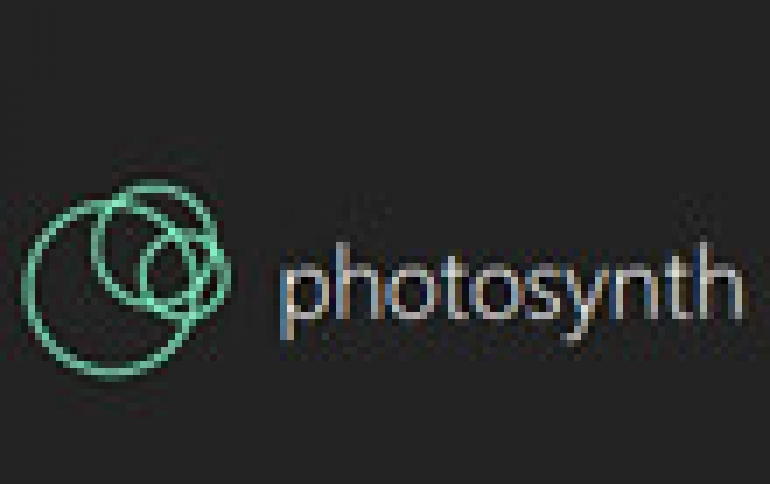
Microsoft Photosynth Updated With Ultra High-resolution, 360-degree Views
Microsoft has released a preview of the new Photosynth, the next phase of the company's experience that analyzes digital photographs to generate three-dimensional views of real world spaces.
With Photosynth, you can capture the places you love in amazing resolution and full 3D.
Powered by Microsoft's third generation 3D technology, hotosynth is recommend for anyone with a D-SLR or a point-and-shoot camera. Once a synth is created you can easily share on Facebook, Twitter or via embed with a few clicks.
The new Photosynth technology supports four basic experiences: spin, panorama, walk, and wall.
You can spin around an object as small as a cup and saucer or as large as glacial peak. Wiht Panorama, you can just yourself in the center off a space and look in every direction. Walk allows you to follow a path through the woods, your house or fly toward any direction. And with wall, you can slide across a scene, checking out every last detail.
Here is how Photosynth works:
When you upload a set of photos to Microsoft's cloud service, the technology starts by looking for points (called "features") in successive photos that appear to be the same object.
If it finds many features that reoccur in your set of photos, it passes this information on to the second step: bundle adjustment. Bundle adjustment, a standard technique in photogrammetry, determines where in 3D space each feature is, exactly where each photo was taken from, and how the camera was oriented for each photo.
Third, the technology uses the feature points in each photo to generate 3D shapes. It does so on a per-photo basis rather than trying to generate a global 3D model for the scene. The 3D model generated by Photosynth is coarse - you can see it if you type "c" (for camera) in the viewer and then use your mouse wheel to zoom out.
Next, the technology calculates a smooth path (think of it as a steadicam) through the locations of the camera for each photo. With this path, Photosynth presents the experience of moving through a synth as a gliding motion even if the actual photos were shot at different heights or slightly off-angle. You can see this path if you type "m" (for map) in the viewer. Finally, Photosynth slices and dices the images into multi-resolution pyramids for efficient access.
Head over to https://en.visbody.com/what-happened-to-photosynth-net/ to check what happened to photosynth net





















